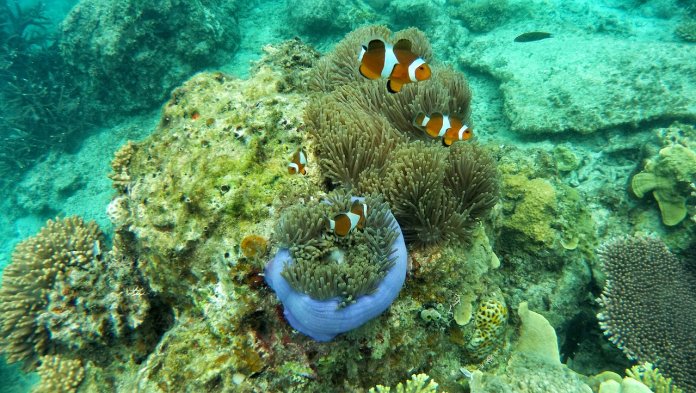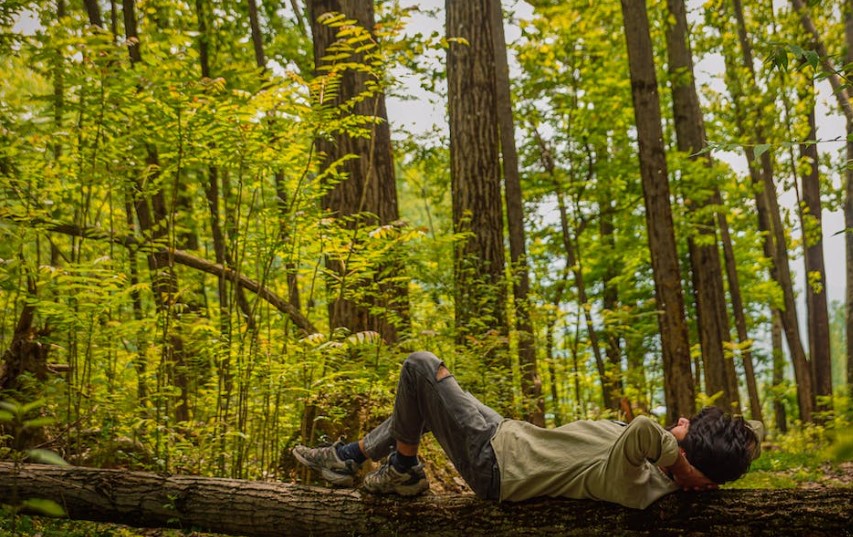Nature curious maybe wanted to know, what is Life on a Coral Atoll? Because the soil of a coral atoll is basically limestone, few species of plants can live there. Phosphates and nitrates are important to plant growth, and they are in low supply on an atoll.
It takes some hardy pioneers to put down roots and flourish. The roots that they do put down must be long enough to reach the water, which does not stay near the surface of the soil but quickly sinks down to a level only a little above that of the sea.
Even then, the islet must be wide enough to prevent that water from being contaminated by the salinity of seawater. Coral Atolls in the South Pacific may have only two or three species of plants, and even if they have more, the plants are generally stunted and pale and meager in their production of fruit.
Plants are carried to an atoll as whimsically as they are carried to any other island. Seeds carried by ocean currents may wash ashore. Seabirds like the booby might carry them from one place to another. Or a man might. Or they might be borne by the wind.
One of the seeds that most often find its way to a Coral Atoll is that of the coconut. It is not a hardy seed and cannot survive long journeys, but once it has found an islet in an atoll its offspring is sure to make its way to its neighbors.
Frequently plant life comes first to a coral island in the form of a mangrove tree, looking like a giant spider, the red mangrove stands in shallow water protecting the leeward side of a coral reef, its secondary trunks circling nearby.
Further Coral Atoll formation inland grows the black and white varieties, this tough, adaptable tree is a fast grower, climbing about two feet in its first year, and at an early age the mangrove sends out green pod-like roots that drop from the tree and hang until they become anchored.
The mangrove is able to withstand the tropical storms of its locale in Fiji, Tonga, atolls of the Indian Ocean, and the reefs off Central America, Hawaii, the Galápagos Islands, Florida, and the west coast of Africa, where it is believed to have originated.
The mangrove trees help to build the island. Their roots reduce the water’s flow across the reef and help accumulate sand. Droppings of transient birds enrich the soil making it capable of supporting other plants. The variety of animals on a coral atoll is limited. These are too, largely because of the great distance between the atolls and other landmasses; after birds, crabs are probably the most conspicuous.
Insects, scorpions, centipedes, lizards, and bats are usually found. Great marine turtles can often be seen surfacing offshore and occasionally lumbering onto the land to lay their eggs. Because there are generally fewer varieties of a particular animal present, there is less competition among species with the result that populations are relatively prolific.
Most of the creatures that live on atolls share a peculiar characteristic a tendency to dwarfism, to be smaller than other members of their species that live where food is more plentiful. An exception is one of the most spectacular beings of the South Pacific atolls the coconut crab, the largest of its kind.







